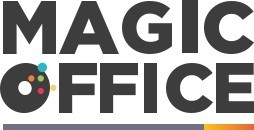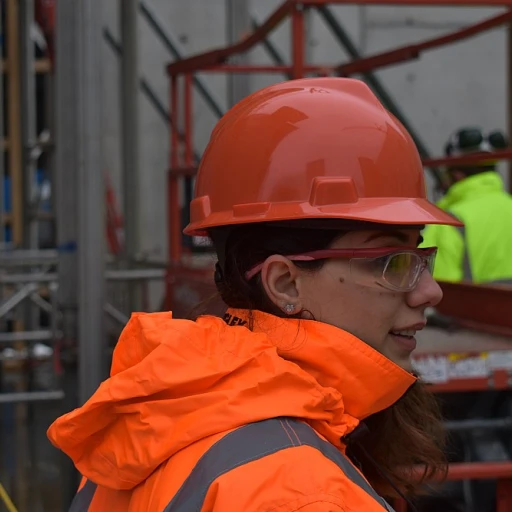Maximizing Office Space: Adaptability and Agile Configurations
Revolutionizing Space Utilization: Smart Strategies for Office Managers to Optimize UK Workplaces
Creating Agile Work Environments
In today's dynamic business landscape, the ability to adapt to changing needs is crucial. An agile workspace is not just about physical changes; it's about fostering a mindset that embraces flexibility. Office managers must consider various space utilization strategies for optimizing the workplace. This includes introducing modular furniture, creating multi-purpose areas, and even incorporating flexible walls or partitions. These elements allow for quick reconfiguration of the layout, ensuring that the space can evolve with the team's requirements.
Implementing Activity-Based Working
Activity-based working (ABW) is a trend taking hold within UK workplaces. It involves creating spaces designed for specific tasks, such as collaboration, focus work, or relaxation. By segmenting the office in this manner, not only do employees get to choose a work setting that suits their current task, but the overall office footprint can be reduced, avoiding the waste of unused desks or spaces. This approach is backed by the notion that no employee needs a permanent desk to be productive.
Leveraging Vertical Space
Oftentimes, the potential of vertical space in an office is overlooked. Smart shelving and storage solutions can free up valuable floor space, making the office feel larger and more open. Additionally, incorporating elements such as green walls or vertical plant systems contributes to office wellbeing while simultaneously optimizing space.
Conducting Regular Space Audits
For an office manager, understanding how each square foot of space is being used is vital. Regular space audits provide data-driven insights to make informed decisions on space utilization. These statistics help identify underutilized areas that could be repurposed or better arranged to support productivity and space efficiency.
As office managers embrace these strategies, they not only maximize the layout of the physical environment but also contribute to an atmosphere of innovation and flexibility. The drive towards efficiency isn't only limited to spatial concerns - integrating smart office systems plays a pivotal role in harmonizing the interplay between space and technology, which we delve into further in our exploration of technology's role in space efficiency.
Embracing Technology: Smart Office Systems for Space Efficiency
Integrating Cutting-edge Technology to Enhance Space Utilization
In today's fast-paced business environment, office managers in the UK must stay ahead of the curve to maintain productive and efficient workspaces. Integrating smart technology systems is an unparalleled strategy for optimizing office space utilization. These systems not only streamline operations but also provide valuable data for making informed decisions about space management.
Intelligent Room Booking Solutions
One of the core components of smart office systems is intelligent room booking software. This technology allows employees to reserve meeting rooms and workspaces with ease, ensuring that no space goes underutilized. By monitoring usage patterns, these systems can also help identify underperforming areas and facilitate better space allocation. Implementing such technology ensures that every square foot of your office is utilized to its full potential.
Enhanced Collaboration with Digital Tools
In an era where collaboration is key, digital tools play a pivotal role in space efficiency. Implementing platforms that support real-time collaboration, regardless of employees' physical location, transforms how space is used within the office. By reducing the need for large meeting rooms and embracing smaller huddle spaces equipped with digital collaboration tools, offices not only save on space but also encourage spontaneous and productive team interactions.
Monitoring and Analyzing with IoT Devices
The Internet of Things (IoT) has brought a new layer of intelligence to office management. IoT devices can track environmental factors such as lighting, temperature, and occupancy, which can then be used to optimize space and resource usage. For instance, smart sensors can adjust lighting and heating in real-time based on occupancy, leading to significant energy savings and enhanced employee comfort. Moreover, the data collected by these devices is invaluable in making evidence-based adjustments to office layouts and usage policies.
The Power of AI in Resource Management
Artificial Intelligence (AI) takes the capabilities of smart office systems to another level. AI algorithms can predict peak usage times and suggest optimal workspace configurations. The ability of AI to learn and adapt can help office managers anticipate the need for space adjustments, thus preventing bottlenecks before they occur. This proactive approach not only improves efficiency but can also contribute to a more dynamic and agile office environment.

-large-full.webp)




-large-teaser.webp)
